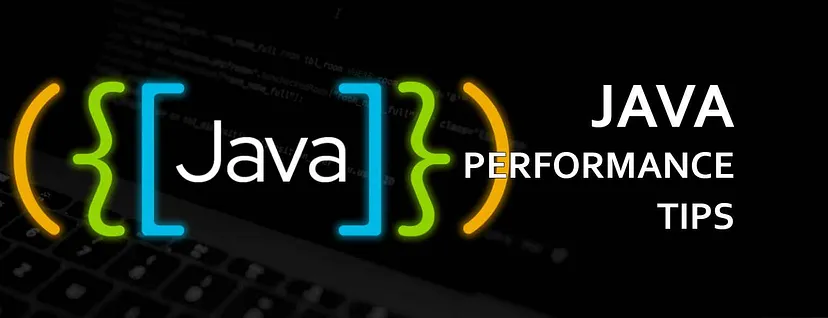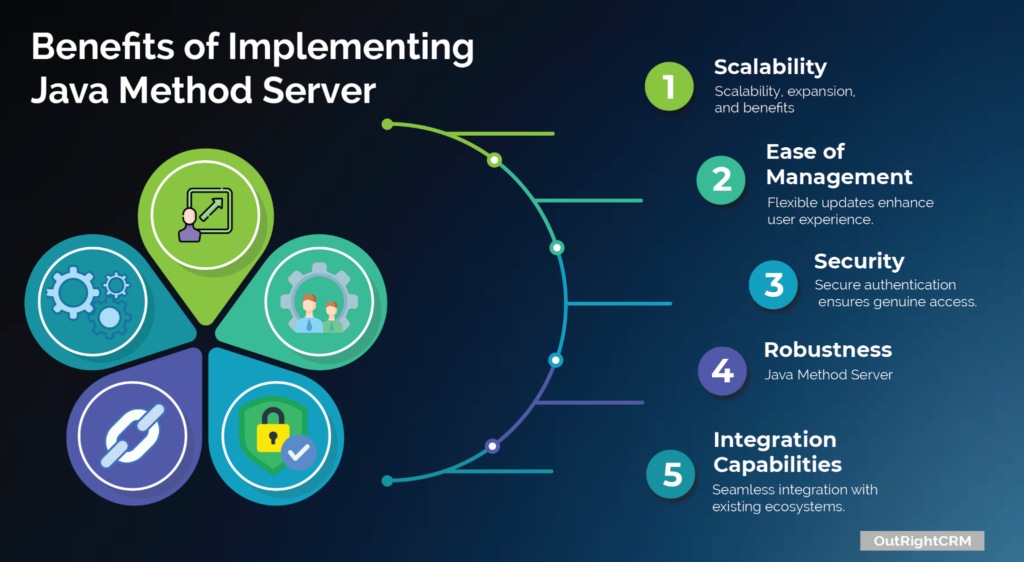In the ever-evolving landscape of software development, Java continues to hold a significant position due to its versatility and robustness. Among the many components of Java’s ecosystem, the Java Method Server plays a crucial role, particularly in the realm of distributed applications. This blog post will explore the intricacies of the Java Method Server, its architecture, advantages, and its significance in building efficient Java web applications.
What is a Java Method Server?
It is a server-side component that facilitates the execution of Java methods over a network. It allows remote clients to invoke methods on Java objects hosted on the server, enabling the creation of distributed applications. This concept is central to the Java Remote Method Invocation (RMI) framework, which allows Java applications to communicate and invoke methods on remote objects seamlessly.
In simpler terms, when a client sends a request to execute a method on a server-side Java object, the Java Method Server processes this request, executes the method, and returns the result to the client. This mechanism is fundamental for building scalable and efficient web applications, particularly in a microservices architecture.
Java Method Server Architecture
Components of Java Method Server
Understanding the architecture of a Java Method Server requires a closer look at its key components. These components work in tandem to facilitate method invocation and ensure efficient communication between clients and the server.
- Client: The client initiates the method invocation by sending a request to the Java Method Server. It can be any application that requires remote method execution, such as a web application or a mobile app.
- Java Method Server: This component hosts the Java objects and their methods. It listens for incoming requests, processes them, and sends back the results. It can handle multiple requests concurrently, making it a crucial element in distributed systems.
- RMI Registry: The RMI Registry is a naming service that allows clients to look up remote objects by name. When a Java object is made available for remote access, it is registered in the RMI Registry, enabling clients to locate and invoke methods on it.
- Remote Object: This is the Java object whose methods can be invoked remotely. It implements a remote interface that defines the methods available for remote invocation.
- Transport Layer: The transport layer handles the communication between the client and the Java Method Server. It ensures that the requests and responses are transmitted securely and efficiently, using protocols such as TCP/IP.
Java Method Invocation
Java Method Invocation refers to the process of calling a method on an object. In the context of the Java Method Server, method invocation occurs remotely. The client sends a request containing the method name and parameters to the server. The server then executes the method on the corresponding object and returns the result to the client.
This process can be broken down into several steps:
- Client Request: The client constructs a request, specifying the method name, parameters, and target remote object.
- Request Serialization: The request is serialized into a byte stream, allowing it to be transmitted over the network.
- Transport: The serialized request is sent to the Java Method Server via the transport layer.
- Request Deserialization: Upon receiving the request, the server deserializes the byte stream back into a Java object.
- Method Execution: The server invokes the specified method on the remote object.
- Response Serialization: The result of the method execution is serialized into a byte stream.
- Response Transmission: The serialized result is sent back to the client.
- Client Response Handling: The client receives the response and deserializes it to obtain the result.
Java Remote Method Invocation
Java Remote Method Invocation (RMI) is a Java API that allows for the invocation of methods on remote objects. It abstracts the complexities of network communication, enabling developers to focus on building distributed applications without worrying about the underlying network protocols.
RMI provides a powerful mechanism for creating distributed systems in Java, offering several advantages:
- Ease of Use: RMI simplifies the process of invoking methods on remote objects, allowing developers to work with objects as if they were local.
- Automatic Serialization: RMI handles the serialization and deserialization of objects automatically, reducing the burden on developers.
- Robust Communication: RMI provides a reliable communication framework that ensures messages are delivered accurately.
Java Method Server Advantages
Implementing a Java Method Server offers numerous advantages for developers and organizations:
1. Scalability
Java Method Servers can handle multiple concurrent requests, making them ideal for scalable applications. As the number of clients increases, additional server instances can be deployed to distribute the load efficiently.
2. Flexibility
The architecture of a Java Method Server allows for flexible deployments. Developers can easily add or remove services without significant reconfiguration, enabling agile development practices.
3. Interoperability
Java Method Servers support communication between Java applications and clients written in different programming languages. This interoperability allows organizations to leverage existing systems and technologies.
4. Performance Optimization
With features like caching and load balancing, Java Method Servers can be optimized for performance, reducing response times and improving the overall user experience.
5. Maintainability
Java’s strong typing and modular architecture enhance maintainability. Developers can easily update and manage server components, ensuring the application remains robust and up-to-date.
Java Method Server in Web Applications
Java Method Servers play a pivotal role in the development of Java web applications. They provide the backend services required to support complex web functionalities, enabling seamless communication between the frontend and backend.
1. RESTful Services
Many modern web applications use Representational State Transfer (REST) architecture for communication. A Java Method Server can expose RESTful services that allow clients to interact with the server via standard HTTP methods (GET, POST, PUT, DELETE). This approach simplifies integration with various clients, including web browsers and mobile apps.
2. Microservices Architecture
In a microservices architecture, applications are composed of small, independent services that communicate over a network. Java Method Servers can be used to implement these services, providing a lightweight and scalable solution for distributed applications.
3. Real-time Applications
Java Method Servers are well-suited for real-time applications that require instant data processing and updates. By leveraging technologies like WebSockets, developers can create interactive applications that provide real-time feedback to users.
4. Cloud Integration
With the rise of cloud computing, Java Method Servers can be deployed in cloud environments to provide scalable backend services. This integration enables organizations to take advantage of cloud resources for improved performance and cost efficiency.

Performance Optimization in Java Method Server
Optimizing the performance of a Java Method Server is crucial for delivering fast and reliable applications. Here are several strategies to enhance performance:
1. Caching
Implementing caching mechanisms can significantly reduce the number of requests that reach the server. Frequently accessed data can be stored in memory, allowing the server to respond quickly without performing expensive database queries.
2. Load Balancing
Distributing incoming requests across multiple server instances ensures that no single server becomes a bottleneck. Load balancing can be achieved through hardware or software solutions, improving response times and overall system reliability.
3. Asynchronous Processing
Using asynchronous processing allows the server to handle multiple requests concurrently without blocking. This approach improves responsiveness and enables the server to process other requests while waiting for long-running tasks to complete.
4. Connection Pooling
Establishing and tearing down database connections can be time-consuming. Connection pooling allows the server to maintain a pool of open connections, reducing the overhead associated with establishing new connections for each request.
5. Profiling and Monitoring
Regular profiling and monitoring of the server’s performance can identify bottlenecks and areas for improvement. Tools like Java VisualVM and JProfiler can provide insights into memory usage, CPU consumption, and request handling times.
Use Cases of Java Method Server
The versatility of the Java Method Server makes it suitable for a wide range of applications. Here are some common use cases:
1. E-commerce Platforms
Java Method Servers are commonly used in e-commerce applications to handle transactions, manage inventory, and process user requests efficiently.
2. Enterprise Applications
In enterprise environments, Java Method Servers facilitate communication between various systems, allowing for seamless integration of services and data.
3. Social Networking Sites
Social networking applications leverage Java Method Servers to manage user interactions, real-time notifications, and data processing tasks.
4. Financial Services
In the financial sector, Java Method Servers enable secure transaction processing, account management, and data analysis, ensuring high performance and reliability.
Conclusion
The Java Method Server is a powerful component of Java’s ecosystem, enabling the development of distributed applications and facilitating efficient communication between clients and server-side components. With its robust architecture, performance optimization capabilities, and wide range of use cases, the Java Method Server remains a vital tool for developers building modern web applications.




